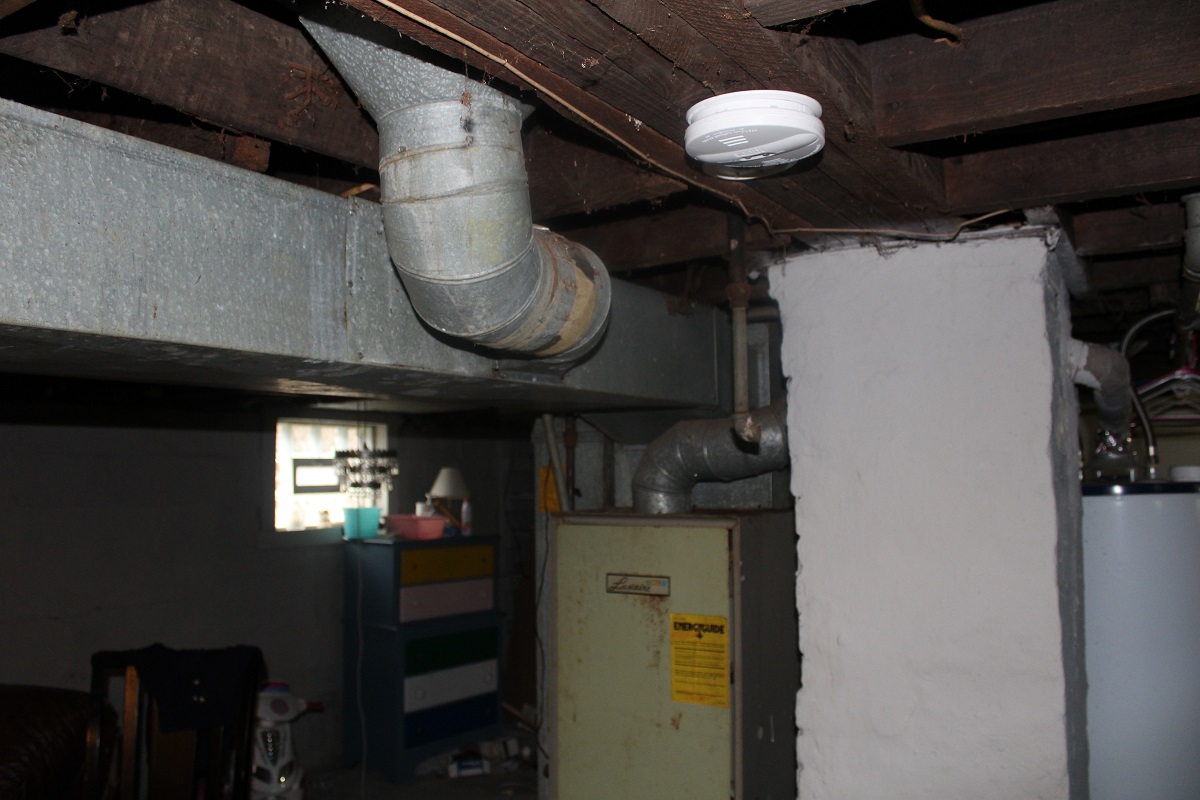

Articles
Where To Put Smoke Detector In Basement
Modified: October 20, 2024
Looking for articles on where to put a smoke detector in the basement? Read our guide to ensure maximum safety in your home.
(Many of the links in this article redirect to a specific reviewed product. Your purchase of these products through affiliate links helps to generate commission for Storables.com, at no extra cost. Learn more)
Introduction
Welcome to the comprehensive guide on where to put smoke detectors in basements. When it comes to home safety, having properly placed smoke detectors is crucial. Basements are often overlooked areas when it comes to smoke detector placement, but they are just as important as the rest of your home. Fires can start anywhere, including the basement, so it is essential to have early detection to ensure the safety of your family and property.
Basements are unique spaces that present specific challenges for smoke detector placement. Factors such as the layout, airflow, and usage of the basement need to be considered to ensure maximum effectiveness. In this article, we will discuss the importance of smoke detectors in basements and provide you with valuable insights on where to place them to optimize their performance.
Installing smoke detectors in your basement is a proactive measure that can save lives. According to the National Fire Protection Association (NFPA), three out of five home fire deaths occur in homes without working smoke detectors. Additionally, basements are often used for various purposes, such as storage, utility rooms, or even as additional living spaces. Therefore, it is crucial to provide adequate protection in this area of your home.
By strategically placing smoke detectors in your basement, you can detect a fire in its early stages, allowing you and your family to evacuate safely. Smoke detectors serve as an early warning system and can provide you with precious minutes to escape before the fire spreads.
Now, let’s delve into the considerations for smoke detector placement in basements, ensuring that you have the best chance of detecting smoke and fire as early as possible.
Key Takeaways:
- Strategic placement of smoke detectors in basements near staircases, living areas, bedrooms, and utility rooms enhances early fire detection, ensuring maximum protection for your family and property.
- Professional installation, interconnected smoke detectors, and regular testing and maintenance are essential for optimizing the effectiveness of your basement’s smoke detector system, providing synchronized alarm activation and expanded coverage.
Read more: How To Put A Battery In A Smoke Detector
Importance of Smoke Detectors in Basements
Basements are often considered high-risk areas when it comes to fire hazards. They are commonly used for storage, housing electrical appliances, or accommodating utility rooms, making them susceptible to potential fire incidents. Therefore, placing smoke detectors in your basement is of utmost importance to ensure early fire detection and increase your chances of a safe escape.
1. Early Detection: Smoke detectors are designed to detect the presence of smoke, which is an early sign of fire. By installing smoke detectors in your basement, you significantly increase the likelihood of discovering a fire in its incipient stage. This early detection gives you valuable time to respond promptly and effectively, preventing the fire from spreading and minimizing potential damage.
2. Occupant Safety: The basement often serves as a living space or houses important utilities, such as the furnace or water heater. In the event of a fire, having functional smoke detectors can alert occupants, providing them with a warning to evacuate the area safely. This is particularly crucial if the basement is used as a bedroom or sleeping area, as it ensures the safety of those who may be asleep during a fire emergency.
3. Protection for Upper Levels: Fires can quickly spread from the basement to the upper levels of the house. By placing smoke detectors in the basement, you create an additional layer of defense, alerting occupants on the upper floors to the presence of smoke and fire. This early warning gives them time to escape, further reducing the risk of injuries or fatalities.
4. Integration with Home Security Systems: Many modern home security systems include interconnected smoke detectors that can be synced to provide comprehensive protection throughout the house, including in the basement. These interconnected smoke detectors offer the advantage of simultaneous alarm activation. If one smoke detector detects smoke in the basement, all interconnected detectors throughout the house will sound an alarm, ensuring that everyone is alerted to the danger regardless of their location within the property.
5. Insurance Requirements: Home insurance policies often require that working smoke detectors be installed in designated areas of the home, including the basement. Ensuring compliance with these requirements not only enhances your family’s safety but also prevents potential issues with insurance claims in the event of a fire.
Remember, smoke detectors are not infallible, and they should always be used in conjunction with a comprehensive fire safety plan. Regularly test your smoke detectors, replace batteries as needed, and have an evacuation plan in place for your household. Taking these steps, along with proper smoke detector placement in the basement, can greatly reduce the risk of fire-related incidents and protect your loved ones and property.
Considerations for Placement
When it comes to placing smoke detectors in basements, some important considerations need to be taken into account to ensure optimal coverage and early detection. Here are some key factors to consider:
1. Near the Staircase: Placing a smoke detector near the staircase leading to the basement is essential. Smoke naturally rises, and having a detector in close proximity to the stairwell ensures that rising smoke will be detected early. This placement also allows for quick access to the detector for testing and maintenance.
2. In the Main Living Area: If your basement is finished and used as a living space, it is crucial to install a smoke detector in the main living area. This could be near the entrance, common seating areas, or near any potential fire hazards, such as a fireplace or cooking appliance. This placement allows for the earliest possible detection in the area where people spend the most time.
3. Near Bedrooms or Sleeping Areas: If your basement includes bedrooms or sleeping areas, it is vital to have smoke detectors installed near these spaces. People tend to be less alert when asleep, so having a detector nearby ensures that any smoke or fire can be detected promptly, alerting occupants and giving them a chance to escape safely.
4. Close to Utility Rooms: Basements often house utility rooms, such as the furnace room or laundry area. These spaces can be potential fire hazards due to the presence of electrical equipment or flammable materials. Installing smoke detectors near utility rooms provides early detection in case of any fire-related incidents in these areas.
Consider the layout and size of your basement when determining the number of smoke detectors needed. As a general rule, it is recommended to have at least one smoke detector on each level of the house, including the basement. Additionally, be aware of any local building codes or regulations that may dictate specific placement guidelines for smoke detectors.
Remember, the goal is to detect smoke and fire as early as possible, so placing smoke detectors strategically in your basement is crucial. By considering the layout, usage, and potential fire hazards, you can ensure optimum coverage and maximize the effectiveness of your smoke detectors.
Near the Staircase
Placing a smoke detector near the staircase leading to the basement is a critical consideration for optimal smoke detection. The proximity to the stairwell ensures that rising smoke will be detected early, increasing the chances of early warning and evacuation. Here are some reasons why placing a smoke detector near the staircase is important:
1. Smoke Ascends: Smoke naturally rises due to its density and buoyancy. By placing a smoke detector near the staircase, you position it in a location where rising smoke is more likely to be detected. This early detection allows for quicker response and increased chances of escaping the basement before the fire spreads.
2. Access for Maintenance: Placing the smoke detector near the staircase provides easier access for regular testing and maintenance. Smoke detectors should be tested monthly to ensure proper functioning, and having the detector in a convenient location makes this process much simpler. By regularly testing and maintaining your smoke detectors, you can ensure that they are in proper working condition and provide reliable protection.
3. Central Location: The staircase is often a central part of the basement layout, making it an ideal location for placing a smoke detector. This central placement ensures that the detector can effectively monitor the surrounding areas, as smoke and heat tend to spread outwards from the main source. Detecting smoke early in such a strategic position can provide valuable time to evacuate and minimize the risk of injury or property damage.
4. Prompt Alarm Activation: When a smoke detector near the staircase detects smoke, it can activate the alarm promptly. The alarm can then alert all occupants in the basement and the upper levels of the house, giving everyone within the property an immediate warning of the potential danger. This quick activation and widespread alert can be crucial in ensuring the safety of all individuals in the event of a fire.
Remember, the smoke detector near the staircase is just one component of a comprehensive smoke detection system. Combining it with properly placed detectors in other areas of the basement and throughout the house will provide the best possible protection against fire and smoke hazards.
By placing a smoke detector near the staircase in your basement, you take an important step toward early detection and response in case of a fire. This placement ensures that rising smoke is detected quickly and that all occupants are alerted to the potential danger. Don’t underestimate the importance of this strategic placement when it comes to the safety of your home and loved ones.
In the Main Living Area
Placing a smoke detector in the main living area of your basement is crucial for early smoke detection and prompt evacuation. Whether your basement is used as a family room, entertainment area, or any other type of living space, having a smoke detector in this area is essential. Here are several reasons why placing a smoke detector in the main living area of your basement is important:
1. Increased Detection Coverage: The main living area is typically the most frequently used part of the basement. Placing a smoke detector in this space ensures optimal detection coverage for any potential fire incidents. Smoke detectors are designed to detect the presence of smoke and trigger an alarm. By having a detector strategically positioned in the main living area, you increase the chances of early detection and timely response.
2. Signaling Immediate Danger: The main living area is where family and guests spend a significant amount of time. In the event of a fire, having a smoke detector in this area alerts everyone to the immediate danger, allowing them to take swift action and evacuate. This early warning can be the difference between a safe escape and potential harm.
3. Proximity to Potential Fire Hazards: The main living area of the basement may contain appliances such as heating units, electrical panels, or entertainment equipment that can be potential fire hazards. Placing a smoke detector in close proximity to these devices provides an extra layer of protection by detecting smoke or fire in its early stages. It also allows for quick intervention to mitigate any potential risks.
4. Additional Time for Response: By having a smoke detector in the main living area of the basement, you provide yourself and others with extra time to respond in the event of a fire. This added time can be critical for gathering essential belongings, ensuring the safe exit of everyone in the basement, and contacting emergency services.
5. Integration with Interconnected Systems: If your home has an interconnected smoke detector system, placing a smoke detector in the main living area of the basement ensures seamless integration with the rest of the system. This connection allows for simultaneous activation of all interconnected smoke detectors, increasing the volume and reach of the alarm throughout the house. Such integration enhances overall safety and provides comprehensive coverage.
Remember to follow the manufacturer’s guidelines for the installation and placement of smoke detectors. Additionally, ensure that your smoke detectors are tested regularly and equipped with fresh batteries. Regular maintenance and testing are key to ensuring the functionality of your smoke detection system.
Placing a smoke detector in the main living area of your basement significantly enhances fire safety and provides early detection capabilities. By taking this precautionary measure, you are prioritizing the safety and well-being of everyone in your home.
Read more: Where To Place A Smoke Detector In A Bedroom
Near Bedrooms or Sleeping Areas
Installing smoke detectors near bedrooms or sleeping areas in your basement is of utmost importance for early smoke detection and ensuring the safety of those who may be asleep during a fire emergency. Here are several reasons why placing smoke detectors near bedrooms or sleeping areas in your basement is crucial:
1. Alerting Sleeping Occupants: When people are asleep, their senses are diminished, making it more challenging to detect the presence of smoke or fire. Placing a smoke detector near bedrooms or sleeping areas ensures that any smoke or fire is detected promptly, even if the occupants are in a deep sleep. The loud alarm from the smoke detector can wake them up and provide valuable time to evacuate the area safely.
2. Swift Evacuation: Fires can spread rapidly, and every second counts when it comes to escaping safely. Having a smoke detector near bedrooms or sleeping areas in the basement alerts occupants at the earliest stages of a fire. This early warning allows them to react quickly, gather essential items, and evacuate the premises before the fire spreads further.
3. Critical Protection for Vulnerable Individuals: If there are children, elderly individuals, or individuals with mobility issues sleeping in the basement, it is especially important to have smoke detectors near their sleeping areas. These individuals may have difficulties evacuating quickly on their own, and an early warning from a smoke detector can provide the necessary time to assist them in exiting the premises safely.
4. Separate Detection Zone: Placing smoke detectors near bedrooms or sleeping areas creates a separate detection zone within the basement. This ensures that any smoke or fire originating in the basement can be detected in the area where people are most likely to be during nighttime hours. By having a dedicated smoke detector in this zone, you provide an additional layer of protection for those who may be most vulnerable.
5. Complementing Home Security Systems: If your home is equipped with a home security system that includes interconnected smoke detectors, placing smoke detectors near bedrooms or sleeping areas in the basement ensures seamless integration with the rest of the system. If one smoke detector detects smoke in the basement, all interconnected smoke detectors will activate, providing an extensive and immediate alert to everyone in the house.
When installing smoke detectors near bedrooms or sleeping areas, consider placing them on the ceiling, as smoke tends to rise. However, if you have finished walls in the basement, you can also consider installing them on the walls at a height of at least 4-12 inches below the ceiling. Follow the manufacturer’s guidelines for specific installation instructions.
Remember to regularly test your smoke detectors, replace batteries as needed, and perform maintenance to ensure their proper functioning. The early detection provided by smoke detectors near bedrooms or sleeping areas in the basement can greatly increase the chances of a safe evacuation in the event of a fire.
Close to Utility Rooms
Installing smoke detectors close to utility rooms in your basement is crucial for early detection and swift response in case of fire incidents. Utility rooms often house appliances such as furnaces, water heaters, or laundry equipment, which can be potential fire hazards. Placing smoke detectors near these areas provides the following benefits:
1. Detecting Early Signs of Fire: Utility rooms typically contain electrical equipment, heating systems, and flammable materials such as cleaning supplies. These factors increase the risk of fire hazards in these areas. By placing smoke detectors close to utility rooms, you can detect the early signs of fire, such as smoke or heat, and prompt an immediate response to prevent further spread and damage.
2. Protecting Vital Systems: Utility rooms often house critical systems that require early detection in case of a fire. For example, a furnace malfunctioning or a water heater catching fire can lead to significant damage if not detected quickly. Installing smoke detectors near these rooms ensures that any fire-related incidents are detected promptly, allowing for immediate intervention to prevent further damage to essential systems.
3. Preventing Fire Spread: Fires can quickly spread from utility rooms to other areas of the basement or the rest of the house. Placing smoke detectors near utility rooms provides an early warning system to prevent further fire spread. The proximity of the smoke detectors allows for quick response, to minimize the risk of significant damage and increase the chances of a safe evacuation if necessary.
4. Supporting Timely Intervention: In the event of a fire in a utility room, immediate action is crucial. Placing smoke detectors near utility rooms ensures that any smoke or fire is detected as soon as possible. The early detection provided by these smoke detectors allows for timely intervention, such as shutting off utilities or extinguishing small fires before they escalate.
5. Integration with Interconnected Systems: If you have an interconnected smoke detector system installed in your home, placing smoke detectors near utility rooms ensures seamless integration with the rest of the system. This interconnectedness means that if one smoke detector detects smoke or fire in the utility room, all the interconnected smoke detectors throughout the house will sound the alarm simultaneously, providing a comprehensive alert to all occupants.
When placing smoke detectors near utility rooms, ensure they are installed according to the manufacturer’s instructions. Consider mounting them on the ceiling or high on the wall, as heat and smoke tend to rise. Regularly test and maintain your smoke detectors to ensure their proper functioning and reliability.
By placing smoke detectors close to utility rooms in your basement, you can enhance fire safety, detect early signs of fire, and take swift action to minimize damage and ensure the safety of your family and property.
Avoiding Poor Placement Locations
While it is important to know where to place smoke detectors in basements, it is equally crucial to be aware of poor placement locations. Improper placement can compromise the effectiveness of smoke detectors and result in delayed detection of smoke or fire. Here are some locations to avoid when placing smoke detectors in your basement:
1. Away from Drafts or Ventilation: Avoid placing smoke detectors near windows, doors, or areas with heavy drafts or ventilation. Drafts can affect the performance of smoke detectors by dispersing smoke and delaying their ability to detect it. Opt for locations that are relatively free of drafts to ensure efficient smoke detection.
2. Away from Moisture or Humidity: Basements are often prone to dampness, moisture, or high humidity levels. These conditions can lead to false alarms or damage the smoke detectors. Avoid placing smoke detectors in areas with direct exposure to water sources, such as near washing machines, sump pumps, or areas prone to leaks. Moisture can affect the functionality of the detector’s sensors, compromising their effectiveness.
3. Away from Obstructions: Ensure that smoke detectors are not obstructed by furniture, curtains, or any objects that may hinder their ability to detect smoke or sound an alarm. Obstructions can prevent smoke from reaching the sensors or muffle the alarm sound, rendering the smoke detector less effective. Keep the area surrounding smoke detectors clear to allow for unobstructed detection and alarm activation.
4. Excessive Distance from Potential Hazards: Placing smoke detectors too far away from potential fire hazards in the basement can result in delayed detection. Consider the layout and size of your basement and strategically position smoke detectors within a reasonable distance from areas that pose a higher risk, such as utility rooms, storage areas, or areas with flammable materials. This ensures that smoke is detected promptly, enabling quick response and evacuation if necessary.
5. Areas with Inadequate Coverage: Avoid placing smoke detectors in areas where they cannot provide optimal coverage. Large or irregularly shaped basements may require multiple smoke detectors to ensure comprehensive coverage. Consider the unique layout of your basement and distribute the detectors strategically to cover all necessary areas effectively.
By avoiding poor placement locations, you can maximize the effectiveness of your smoke detectors and enhance your overall fire safety. Remember to consult the manufacturer’s guidelines for specific installation instructions and follow local building codes or regulations related to smoke detector placement.
Regularly test your smoke detectors to ensure proper functioning and replace batteries as recommended by the manufacturer. Maintaining smoke detectors in good working condition is crucial for reliable and effective smoke detection in your basement.
Install smoke detectors on the ceiling near the bottom of the stairs leading to the upper floors, and near any sleeping areas. Avoid placing them near windows, doors, or ducts where drafts could interfere with their operation.
Away from Drafts or Ventilation
When it comes to placing smoke detectors in your basement, it is crucial to avoid locations that are prone to drafts or heavy ventilation. Placing smoke detectors away from drafts ensures optimal performance and accurate detection of smoke or fire. Here are several reasons why you should avoid placing smoke detectors near drafts or ventilation in your basement:
1. Dispersing Smoke: Drafts and strong ventilation can disperse smoke particles and decrease their concentration, making it more challenging for smoke detectors to detect the presence of smoke. Placing a smoke detector in an area with constant drafts may delay the detection of smoke, compromising its ability to provide an early warning of a fire emergency.
2. Delayed Alarm Activation: Smoke detectors rely on the detection of smoke particles to trigger an alarm. If placed near drafts or ventilation, the movement of air can dilute the smoke concentration and result in delayed alarm activation. This delay could be critical in situations where immediate action is necessary for safe evacuation.
3. False Alarms: Drafts or ventilation can also lead to false alarms. Moving air currents can disturb dust or other particles, triggering the alarm unnecessarily. False alarms can lead to complacency and a lack of response when a real emergency occurs. Placing smoke detectors away from drafts reduces the chances of false alarms and ensures that the alarm is activated only when there is a genuine fire-related threat.
4. Inaccurate Smoke Patterns: Drafts or ventilation can cause smoke to disperse or travel in unpredictable patterns. Placing a smoke detector near a draft may result in partial smoke detection or inconsistent readings, leading to unreliable alarm activation. By positioning smoke detectors away from drafts, smoke can accumulate and form a more concentrated and detectable pattern, enhancing the overall effectiveness of the detector.
When choosing the placement of smoke detectors in your basement, consider areas that are shielded from drafts or ventilation. This may include interior walls or areas with minimal air movement. Additionally, ensure that the detectors are mounted away from windows, doors, or areas with strong airflow to avoid interference with their functionality.
Regularly test your smoke detectors to verify their proper operation and ensure they are still providing adequate protection. Follow the manufacturer’s guidelines for testing and maintenance to ensure reliable detection and accurate alarm activation.
By avoiding placing smoke detectors near drafts or heavy ventilation in your basement, you can enhance their performance and maximize their ability to detect smoke and provide early warning of a fire emergency.
Read more: How To Remove A Smoke Detector
Away from Moisture or Humidity
When it comes to placing smoke detectors in your basement, it is important to avoid areas with excessive moisture or high humidity levels. Moisture and humidity can negatively impact the performance and reliability of smoke detectors, compromising their ability to detect smoke or fire accurately. Here are several reasons why you should avoid placing smoke detectors near moisture or humidity in your basement:
1. Sensor Interference: Smoke detectors rely on sensors to detect the presence of smoke particles. Excessive moisture or high humidity levels can interfere with these sensors, potentially reducing their sensitivity or causing them to malfunction. This interference can result in delayed or even failed detection of smoke, putting your safety at risk.
2. False Alarms: High humidity levels can lead to false alarms in smoke detectors. Moisture in the air can be mistaken by the detector as smoke particles, triggering unnecessary alarms. False alarms can lead to complacency and may affect people’s response during a real emergency. Placing smoke detectors away from areas with high humidity reduces the likelihood of false alarms and ensures that alarms are activated only when there is a genuine fire-related threat.
3. Corrosion and Damage: Excessive moisture or humidity can cause corrosion and damage to the internal components of smoke detectors. Corroded or damaged sensors may not function properly, compromising the effectiveness of the detector in detecting smoke or fire. Placing smoke detectors away from moisture-prone areas helps to extend their lifespan and maintain their reliable performance.
4. Malfunctioning Alarms: Moisture accumulation within smoke detectors can cause their alarms to malfunction. Water or condensation can interfere with the alarm sound, resulting in a muffled or inaudible warning. In an emergency, a malfunctioning alarm can delay the response and evacuation process, putting lives and property at greater risk.
When choosing the placement of smoke detectors in your basement, avoid areas with direct exposure to water sources, such as washing machines, utility sinks, or areas prone to leaks. It is also recommended to avoid placing detectors near areas with high humidity, such as bathrooms or areas with poor ventilation.
Regularly inspect your basement for signs of moisture or leaks and promptly address any issues. Ensure that the area where smoke detectors are installed is well-ventilated and has a controlled humidity level. This helps to maintain the proper functioning of the detectors and maximize their effectiveness.
By placing smoke detectors away from moisture or humidity in your basement, you ensure their reliable performance and enhance their ability to detect smoke or fire in a timely manner, providing early warning and aiding in the safe evacuation of occupants.
Away from Obstructions
When installing smoke detectors in your basement, it is crucial to avoid placing them near obstructions. Smoke detectors need a clear path to detect smoke particles and sound an alarm effectively. Here are several reasons why you should keep smoke detectors away from obstructions in your basement:
1. Unimpeded Smoke Detection: Placing smoke detectors away from obstructions ensures unimpeded smoke detection. Smoke needs to reach the sensors of the detector to trigger an alarm. Obstructions such as furniture, curtains, or decorative items can hinder the flow of smoke, preventing the detector from detecting it in a timely manner. Keeping the area surrounding smoke detectors clear allows smoke to reach the sensors without any hindrance, maximizing their effectiveness.
2. Unobstructed Alarm Sound: In the event of a fire, the alarm sound from smoke detectors is crucial for alerting occupants and signaling danger. Placing smoke detectors away from obstructions ensures that the alarm sound is not muffled or blocked by objects. This ensures that everyone in the basement can hear the alarm and take appropriate action, whether it be evacuation or contacting emergency services.
3. Preventing False Alarms: Obstructions near smoke detectors can interfere with their sensors and trigger false alarms. Moving objects, such as curtains or hanging decorations, may disturb dust or other particles, leading to unnecessary activation of the smoke detector. False alarms can create confusion and may result in a lack of response when a real emergency occurs. By keeping smoke detectors away from obstructions, you reduce the chances of false alarms and ensure that alarms are activated only when there is a genuine fire-related threat.
4. Ease of Maintenance: Placing smoke detectors away from obstructions makes it easier to access and maintain them. Smoke detectors require regular testing and maintenance to ensure proper functioning. When detectors are obstructed by furniture or decorative items, it can be difficult to access them for testing or changing batteries. Keeping the area clear of obstructions allows for easy maintenance and ensures that detectors are in proper working condition at all times.
5. Maximize Coverage: Smoke detectors are most effective when they have wide coverage and can monitor a significant area. Placing detectors away from obstructions allows them to cover more space and detect smoke from a larger area. This maximizes the coverage of the detectors, ensuring that no areas of the basement are left unprotected.
When installing smoke detectors, consider the placement that allows for unobstructed airflow and clear detection pathways. Mount detectors on the ceiling or high on the walls, as smoke tends to rise. Ensure that there is sufficient spacing between obstructions and the detectors, allowing for proper functionality.
By keeping smoke detectors away from obstructions in your basement, you optimize their performance, ensure reliable detection of smoke or fire, and promote a safe environment for you and your household.
Recommended Installation Guidelines
When installing smoke detectors in your basement, it’s important to follow recommended guidelines to ensure optimal performance and maximum safety. Here are some recommended installation guidelines to consider:
1. Professional Installation: While it’s possible to install smoke detectors yourself, it is highly recommended to have them installed by a professional, especially if you’re unfamiliar with electrical wiring or unsure of local building codes and regulations. Professional installation ensures that the detectors are properly wired, mounted securely, and positioned correctly for optimal coverage.
2. Interconnected Smoke Detectors: Consider installing interconnected smoke detectors in your basement. Interconnected detectors are linked together, so when one detector detects smoke or fire, all interconnected detectors in your basement and throughout the house will sound simultaneously. This provides enhanced safety by ensuring that everyone in the house is alerted to the danger, regardless of their location.
3. Regular Testing and Maintenance: Test your smoke detectors regularly to ensure proper functioning. Follow the manufacturer’s instructions for testing frequency, typically recommended on a monthly basis. Testing involves pressing the test button to ensure that the alarm sounds loudly and clearly. Additionally, replace batteries as recommended by the manufacturer to ensure that the detectors are always powered and operational. Consider using long-life lithium batteries for extended reliability.
4. Check Local Building Codes: Familiarize yourself with local building codes and regulations regarding smoke detector installation in your area. These codes may specify placement requirements, minimum number of detectors for each floor, and any other guidelines you need to follow. Ensuring compliance with local codes will help guarantee that your basement’s smoke detector installation meets the necessary safety standards.
5. Consider Combination Smoke/Carbon Monoxide Detectors: Carbon monoxide (CO) is a silent and deadly gas that can pose a threat in basements, especially if gas appliances, furnaces, or attached garages are present. Consider installing combination smoke/carbon monoxide detectors in your basement. These detectors provide dual protection, detecting both smoke and CO, and can provide early warning in case of a gas leak or carbon monoxide buildup.
6. Place Detectors in Bedrooms: If your basement has bedrooms or sleeping areas, it is recommended to install smoke detectors inside each bedroom and in the hallway outside of sleeping areas. This ensures that everyone is alerted to the danger even when asleep and can help facilitate a swift and safe evacuation.
Remember, smoke detectors are a crucial part of your home’s safety system, and their proper installation and maintenance are vital to ensuring early detection and evacuation in case of a fire. By following these recommended guidelines, you can enhance the effectiveness of your basement’s smoke detector system and provide a safer environment for you and your loved ones.
Professional Installation
When it comes to installing smoke detectors in your basement, one of the best approaches is to opt for professional installation. Hiring a professional ensures that the smoke detectors are correctly wired, mounted securely, and positioned in the most optimal locations for maximum coverage and effectiveness. Here are several reasons why professional installation is recommended:
1. Expertise and Knowledge: Professionals who specialize in smoke detector installation have the necessary expertise and knowledge to ensure proper installation. They are familiar with local building codes and regulations and can ensure that your basement’s smoke detector system complies with these requirements. Professionals also stay updated on the latest technology and best practices, ensuring that your detectors are installed in the most effective way.
2. Electrical Safety: Proper installation of smoke detectors often involves electrical wiring. A professional installer has the necessary skills and experience to handle the electrical aspects safely. They can ensure that the wiring is properly connected, minimizing the risk of electrical hazards or fire incidents that can arise from faulty wiring. Professional installation gives you peace of mind, knowing that the electrical aspect is in capable hands.
3. Optimal Placement: Professional installers have an eye for optimal detector placement. They have the expertise to assess the layout of your basement, identify potential fire hazard areas, and strategically place smoke detectors in the most effective locations. Professionals understand factors such as airflow patterns, ceiling height, and potential obstructions, ensuring that your detectors are positioned for maximum smoke detection coverage.
4. Enhanced Performance: Proper installation by professionals enhances the overall performance of your smoke detector system. They can ensure that the detectors are set up to communicate seamlessly with each other, especially in interconnected systems. This ensures that when one detector detects smoke or fire, all interconnected detectors in your basement and throughout the house will sound simultaneously, providing a synchronized and comprehensive alarm throughout the property.
5. Saves Time and Effort: Installing smoke detectors can be a complex and time-consuming task, especially if you’re unfamiliar with wiring or installation processes. Hiring a professional saves you time and effort and allows you to focus on other aspects of maintaining a safe home. Additionally, professionals can provide guidance on proper testing and maintenance procedures, ensuring that your detectors remain in good working condition over time.
While professional installation may incur a cost, the benefits and peace of mind it provides outweigh the investment. It ensures the proper installation of your smoke detectors, maximizing their performance and reliability. Consider consulting local fire safety professionals or electricians with expertise in smoke detector installation for professional assistance.
Remember, proper installation is just the beginning. Regularly test your smoke detectors, replace batteries as needed, and perform routine maintenance to ensure their continued functionality. By investing in professional installation, you are prioritizing the safety of your home and loved ones.
Read more: How To Cover A Smoke Detector
Interconnected Smoke Detectors
When installing smoke detectors in your basement, one highly recommended approach is to choose interconnected smoke detectors. Interconnected smoke detectors provide an added layer of safety and ensure comprehensive coverage throughout your basement and the entire home. Here are several reasons why interconnected smoke detectors are beneficial:
1. Simultaneous Alarm Activation: With interconnected smoke detectors, when one detector detects smoke or fire, all interconnected detectors in your basement and throughout the house will sound simultaneously. This synchronized alarm activation ensures that everyone in the house is immediately alerted to the potential danger, regardless of their location. This helps to ensure a swift and coordinated response, allowing occupants to act swiftly and evacuate as needed.
2. Enhanced Safety: Interconnected smoke detectors provide enhanced safety by increasing the chances of early detection. If a fire occurs in the basement, the smoke detection alarm will activate not only in the basement itself but also on other levels of the house, alerting occupants even if they are far away from the source of the fire. This early warning allows for quicker evacuation, reducing the risk of injuries or fatalities.
3. Expanded Coverage: Interconnected smoke detectors provide expanded coverage, ensuring that all areas of your home, including the basement, are adequately protected. In the event of a fire, every interconnected smoke detector will detect the presence of smoke, even if it originates in a different part of the house. This comprehensive coverage minimizes the risk of a fire going undetected, increasing overall safety for you and your family.
4. Seamless Integration: Interconnected smoke detectors seamlessly integrate with each other, functioning as a unified system. This integration ensures smooth communication between detectors, allowing them to work together most effectively. When one detector identifies smoke or fire, it instantly shares this information with the other interconnected detectors, triggering a prompt and synchronized alarm response throughout the house.
5. Compliance with Building Codes: Some building codes and regulations may require interconnected smoke detectors in certain types of buildings or in specific areas, such as bedrooms or living spaces. By choosing interconnected smoke detectors, you ensure compliance with these codes, providing an additional layer of safety and peace of mind.
When choosing interconnected smoke detectors for your basement, ensure that the detectors you select are compatible with each other and can be interconnected. Manufactures often provide specific instructions on how to connect the detectors, whether through wiring or wireless communication. Consult with a professional to ensure proper installation and connection of the interconnected detectors.
By installing interconnected smoke detectors in your basement, you can significantly enhance the overall fire safety of your home. This interconnected system ensures immediate and synchronized alarm activation, expanded coverage, and a comprehensive early warning system, providing you and your family with the highest level of protection in the event of a fire.
Regular Testing and Maintenance
Regular testing and maintenance of your smoke detectors are essential to ensure their proper functioning and reliability in the event of a fire. These simple yet crucial steps help to keep your basement and the rest of your home safe. Here are several reasons why regular testing and maintenance are important:
1. Ensuring Proper Functioning: Regular testing allows you to verify that your smoke detectors are functioning correctly. By pressing the test button on each detector, you can check if the alarm sounds loudly and clearly. This confirms that the detector is operational and able to detect smoke effectively. Testing should be performed monthly, following the manufacturer’s instructions.
2. Prompting Maintenance Actions: Regular testing prompts you to perform necessary maintenance actions. During testing, if you discover any issues, such as a weak alarm sound or a non-functioning detector, it indicates a need for maintenance or a possible battery replacement. Prompt maintenance actions ensure that the detectors are always in good working condition, providing reliable fire detection.
3. Battery Replacement: Smoke detectors are powered by batteries, and regular maintenance includes replacing these batteries as needed. Consider using long-life lithium batteries, which have a longer lifespan than traditional alkaline batteries. Some smoke detectors may have a battery backup option in case of power outages. Check the manufacturer’s guidelines for specific battery replacement intervals and recommendations.
4. Dust and Debris Removal: Smoke detectors can accumulate dust and debris over time, which can interfere with their functionality. Regular maintenance involves gently cleaning the detectors using a soft brush or a vacuum cleaner with a brush attachment. Cleaning detectors helps to ensure unobstructed smoke entry, allowing for accurate smoke detection and reliable alarms.
5. Obstruction Check: As part of regular maintenance, inspect the area surrounding each smoke detector to ensure there are no obstructions that could impede their performance. Make sure that furniture, curtains, or other objects are not blocking the detectors. Clearing obstructions enables unobstructed airflow and allows the detectors to function optimally.
6. Follow Manufacturer’s Guidelines: Each smoke detector may have specific maintenance requirements outlined by the manufacturer. It is important to read and follow the manufacturer’s guidelines for maintenance and testing procedures. These instructions provide valuable information on how to maintain the detectors properly and ensure their reliability over time.
By regularly testing and maintaining your smoke detectors, you significantly enhance their effectiveness in detecting smoke or fire. These simple maintenance tasks help to identify any issues, ensure proper functioning, and provide peace of mind knowing that your basement and your entire home are protected.
Conclusion
Proper placement of smoke detectors in your basement is crucial for early smoke detection and evacuation in the event of a fire. By strategically installing smoke detectors in key locations, such as near the staircase, in the main living area, near bedrooms or sleeping areas, and close to utility rooms, you can enhance the overall safety of your basement and ensure maximum protection for your family and property.
Avoiding poor placement locations, such as areas with drafts, excessive moisture or humidity, and obstructions, is equally important. By steering clear of these areas, you optimize the performance of your detectors and minimize the risk of delayed or inaccurate smoke detection.
Following recommended installation guidelines, such as professional installation, interconnected smoke detectors, and regular testing and maintenance, further enhance the effectiveness of your smoke detector system. Professional installation ensures proper placement and wiring, while interconnected smoke detectors provide synchronized alarm activation and expanded coverage throughout your basement and the entire house. Regular testing and maintenance ensure that your detectors are in proper working condition, ready to provide early warning in case of a fire.
Remember, fire safety is a shared responsibility. Develop a comprehensive fire safety plan for your household, including an evacuation plan and procedures for contacting emergency services. Regularly review and update the plan with all members of your household to ensure everyone knows what to do in case of a fire.
Installing smoke detectors in your basement and throughout your home is a proactive step toward protecting your loved ones and property from the devastating impact of fires. By prioritizing proper placement, avoiding poor placement locations, and following recommended installation guidelines, you can significantly enhance your home’s fire safety and gain peace of mind.
Frequently Asked Questions about Where To Put Smoke Detector In Basement
Was this page helpful?
At Storables.com, we guarantee accurate and reliable information. Our content, validated by Expert Board Contributors, is crafted following stringent Editorial Policies. We're committed to providing you with well-researched, expert-backed insights for all your informational needs.
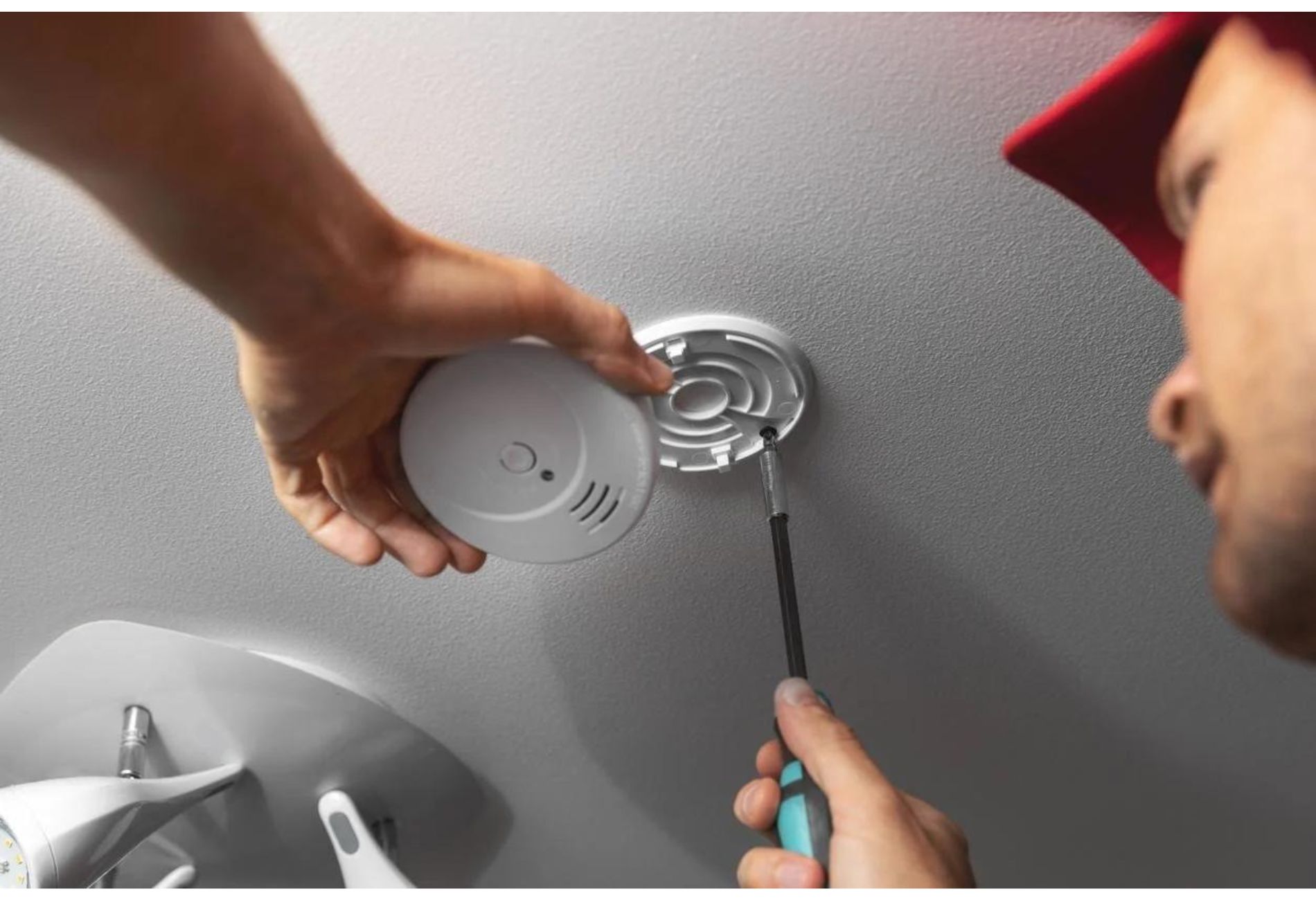
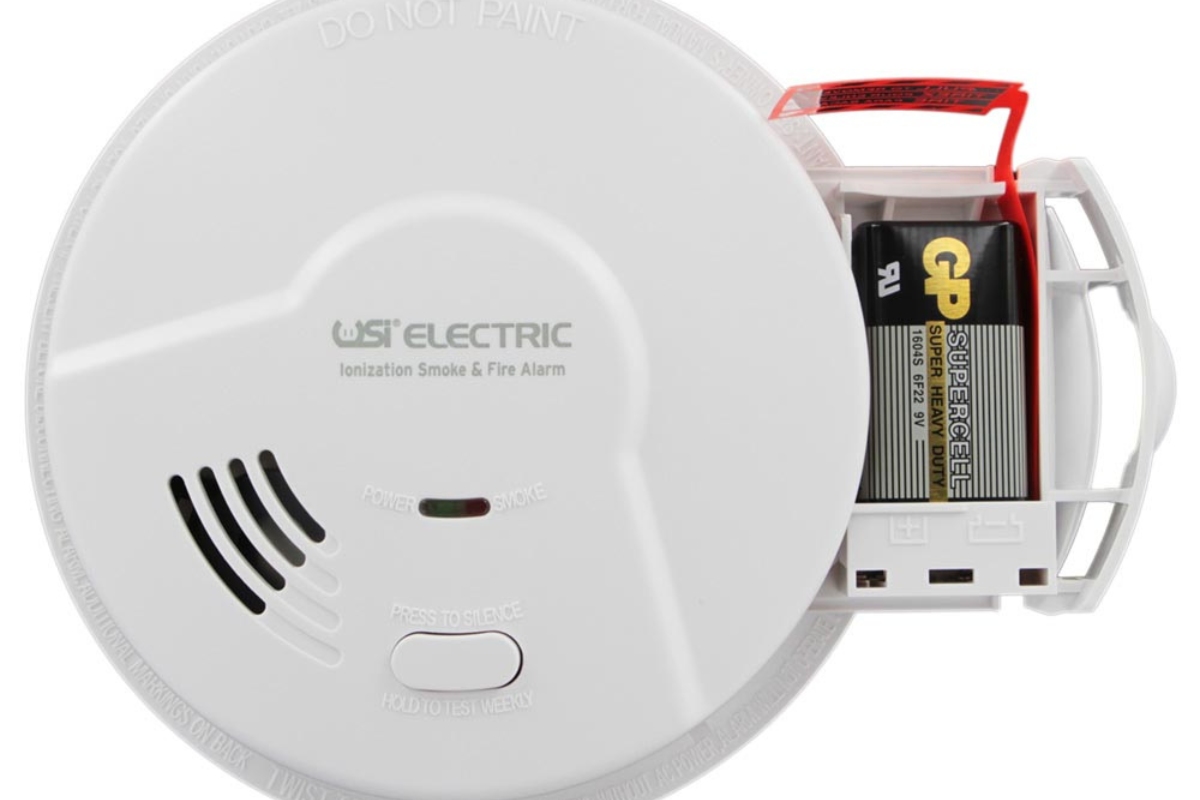
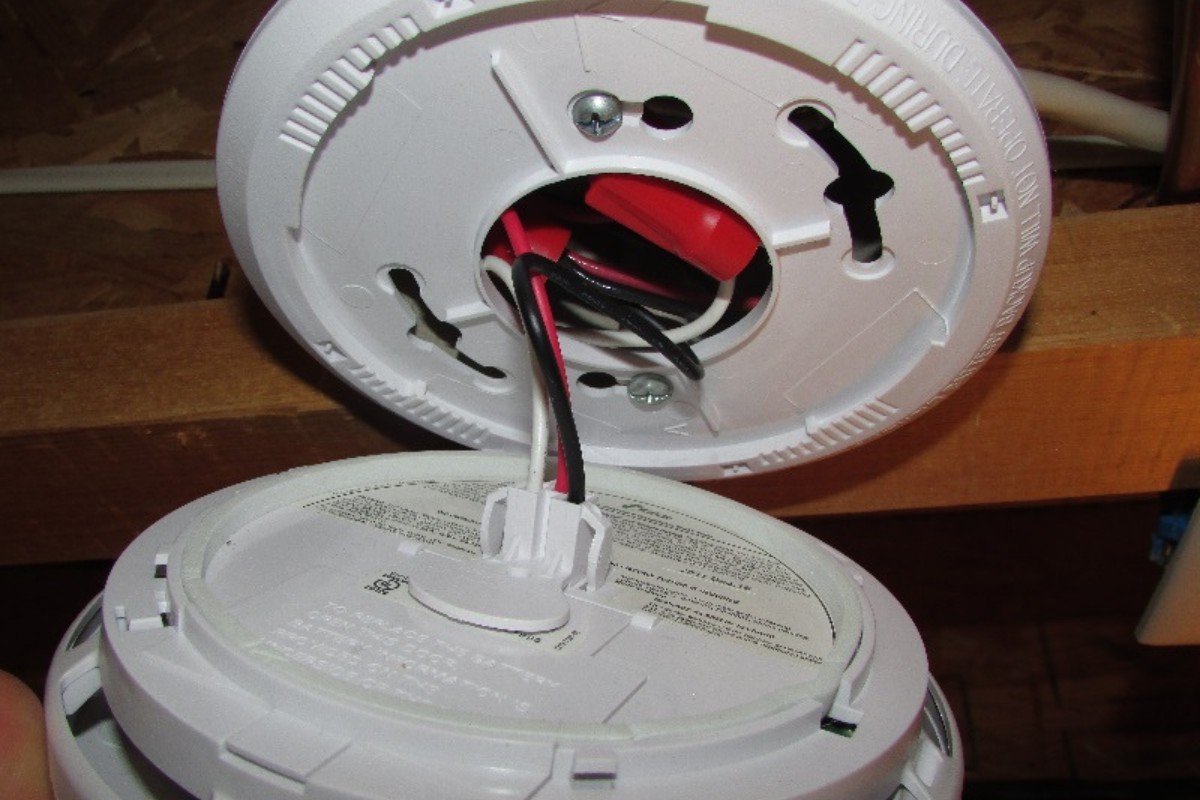
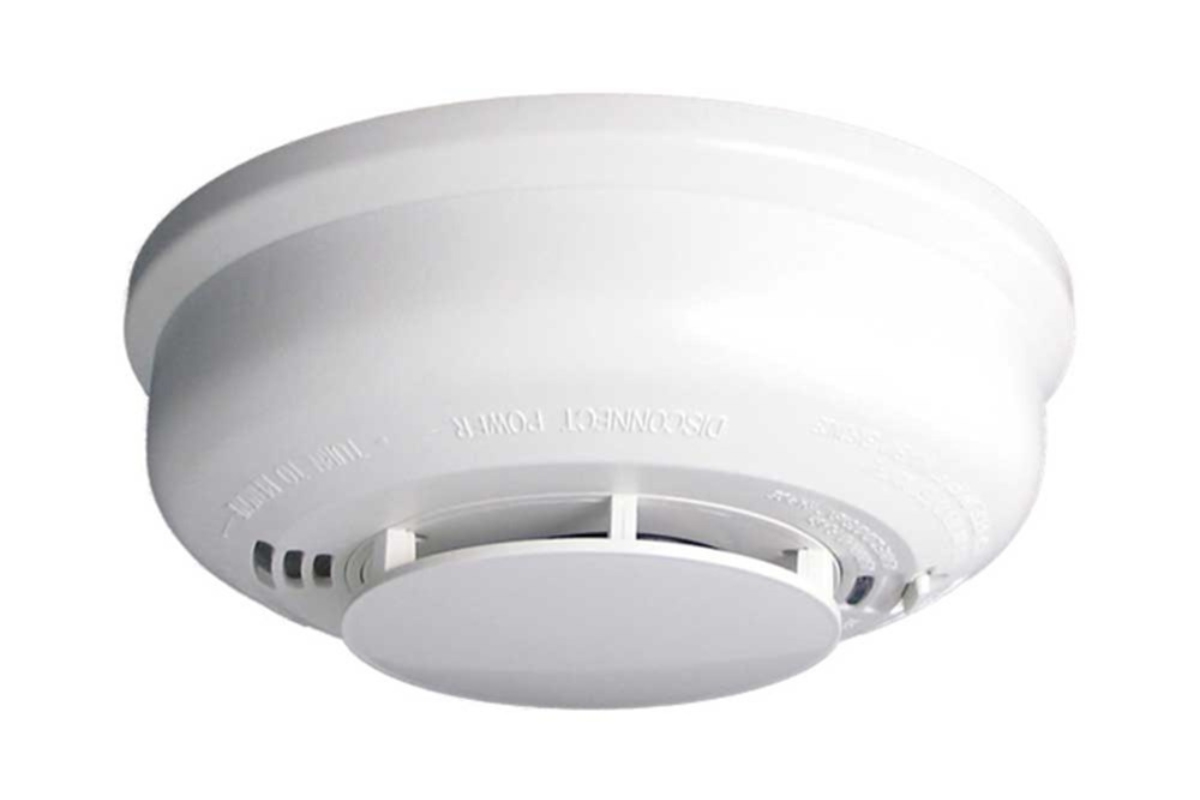
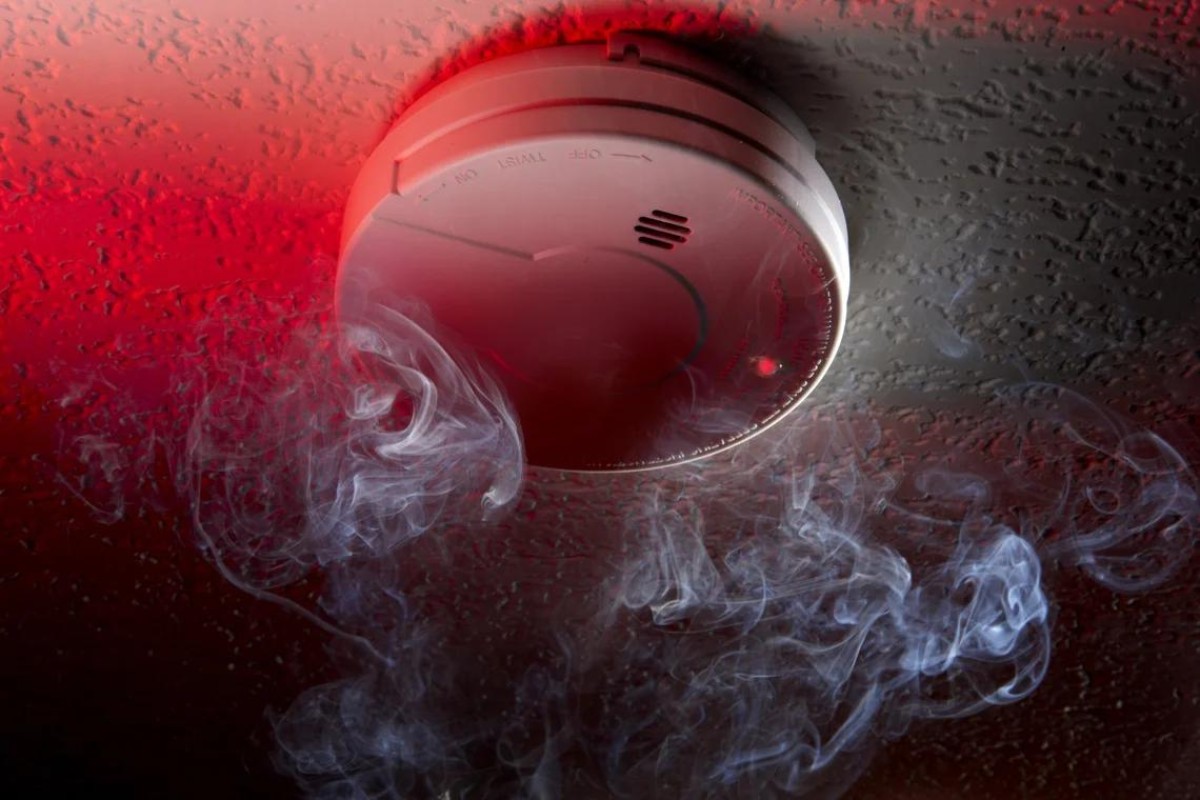
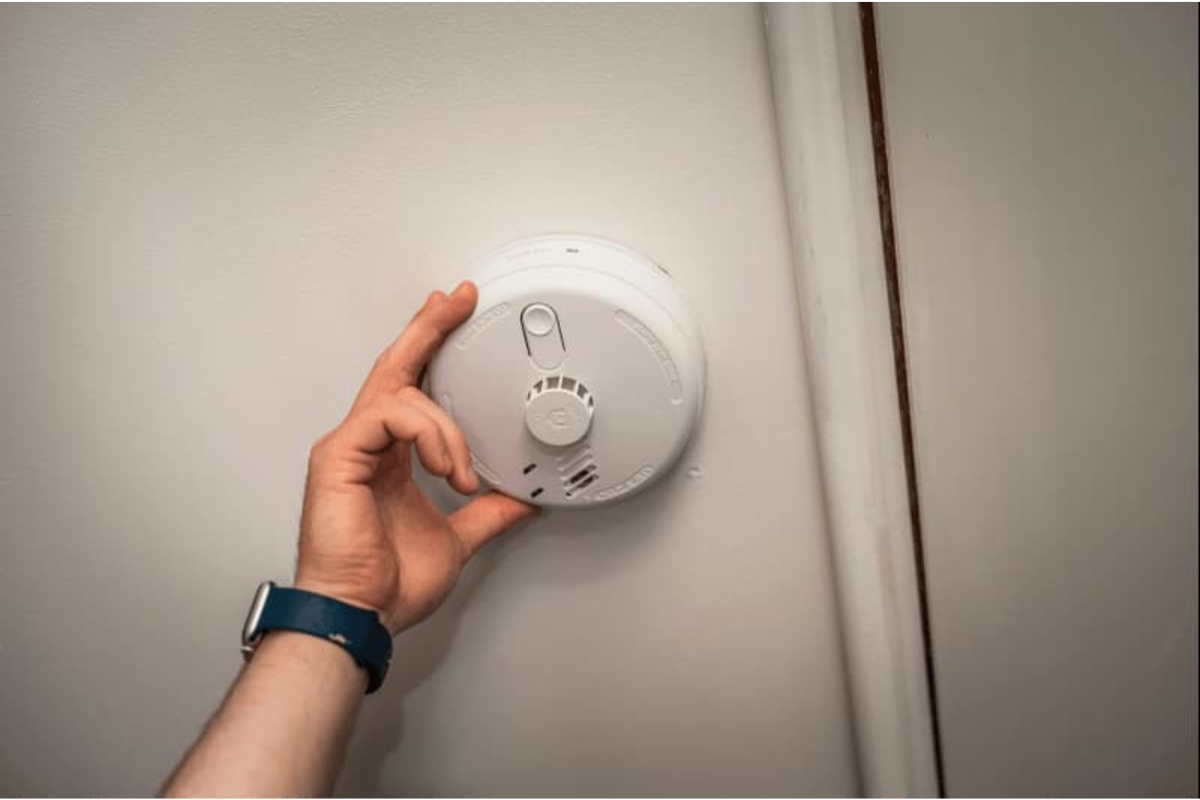
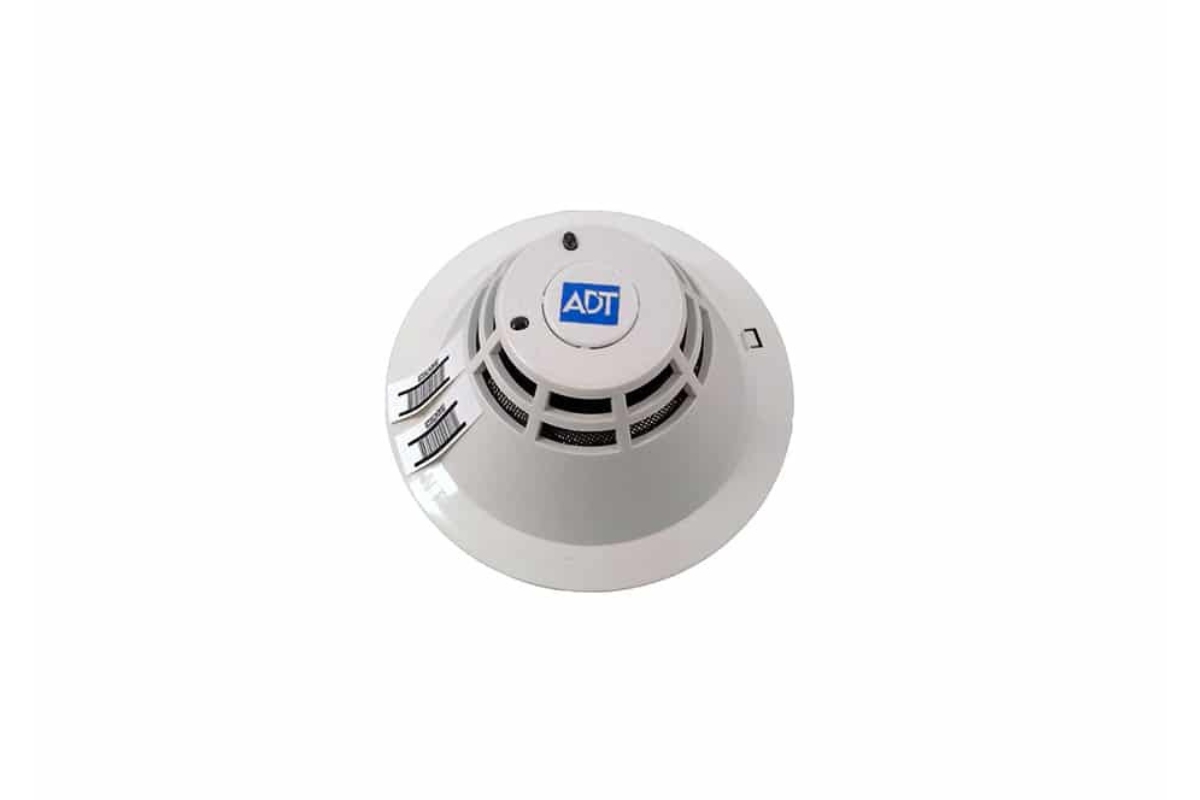
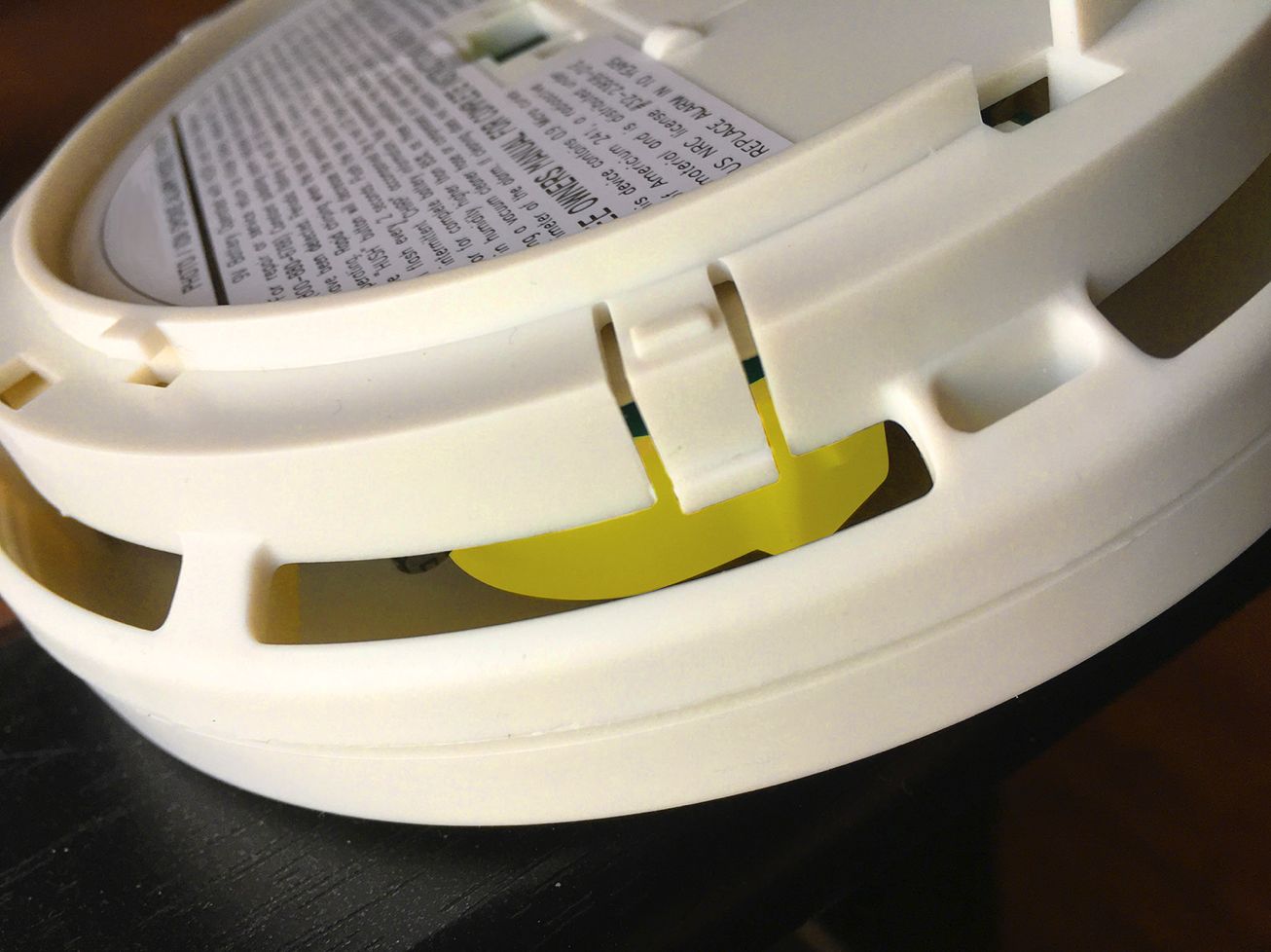
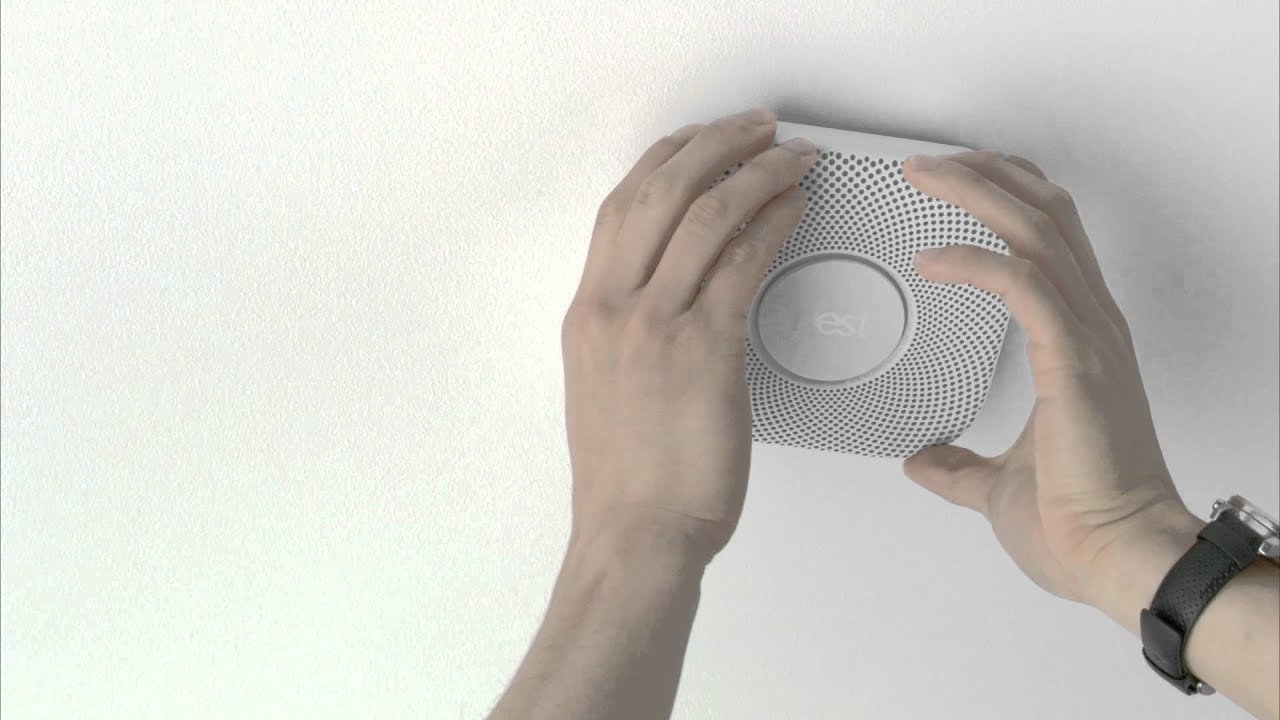

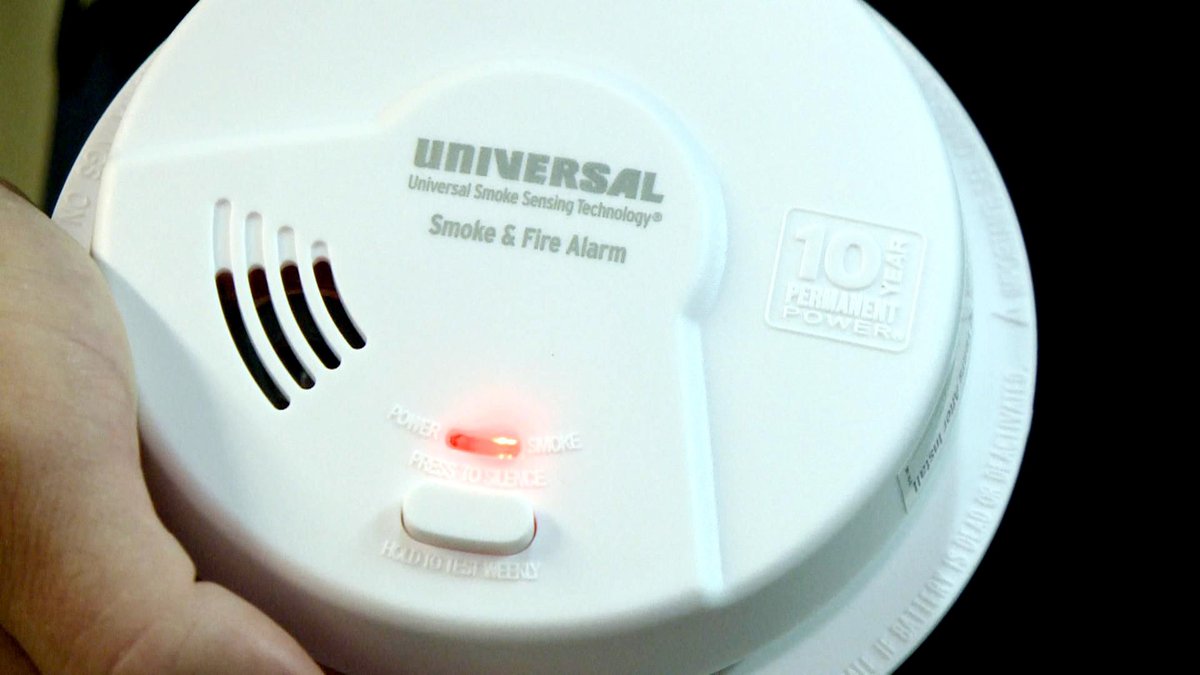
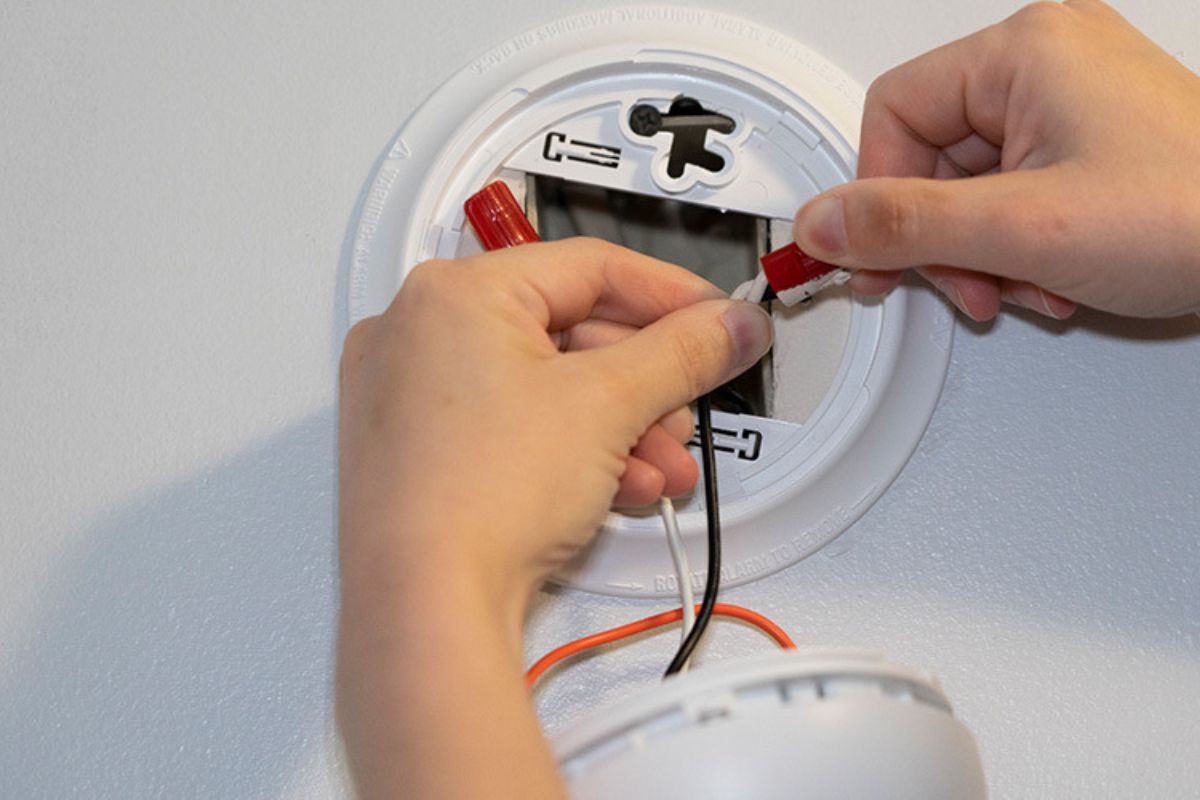

0 thoughts on “Where To Put Smoke Detector In Basement”